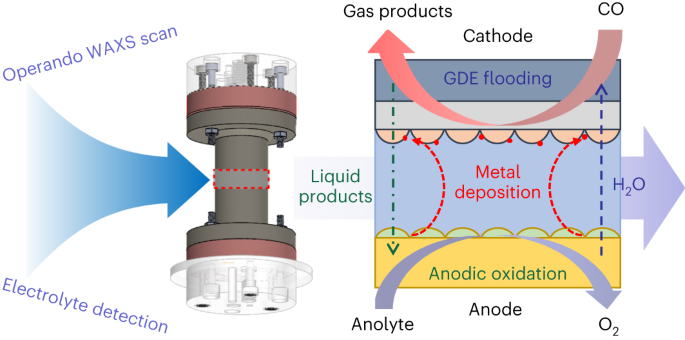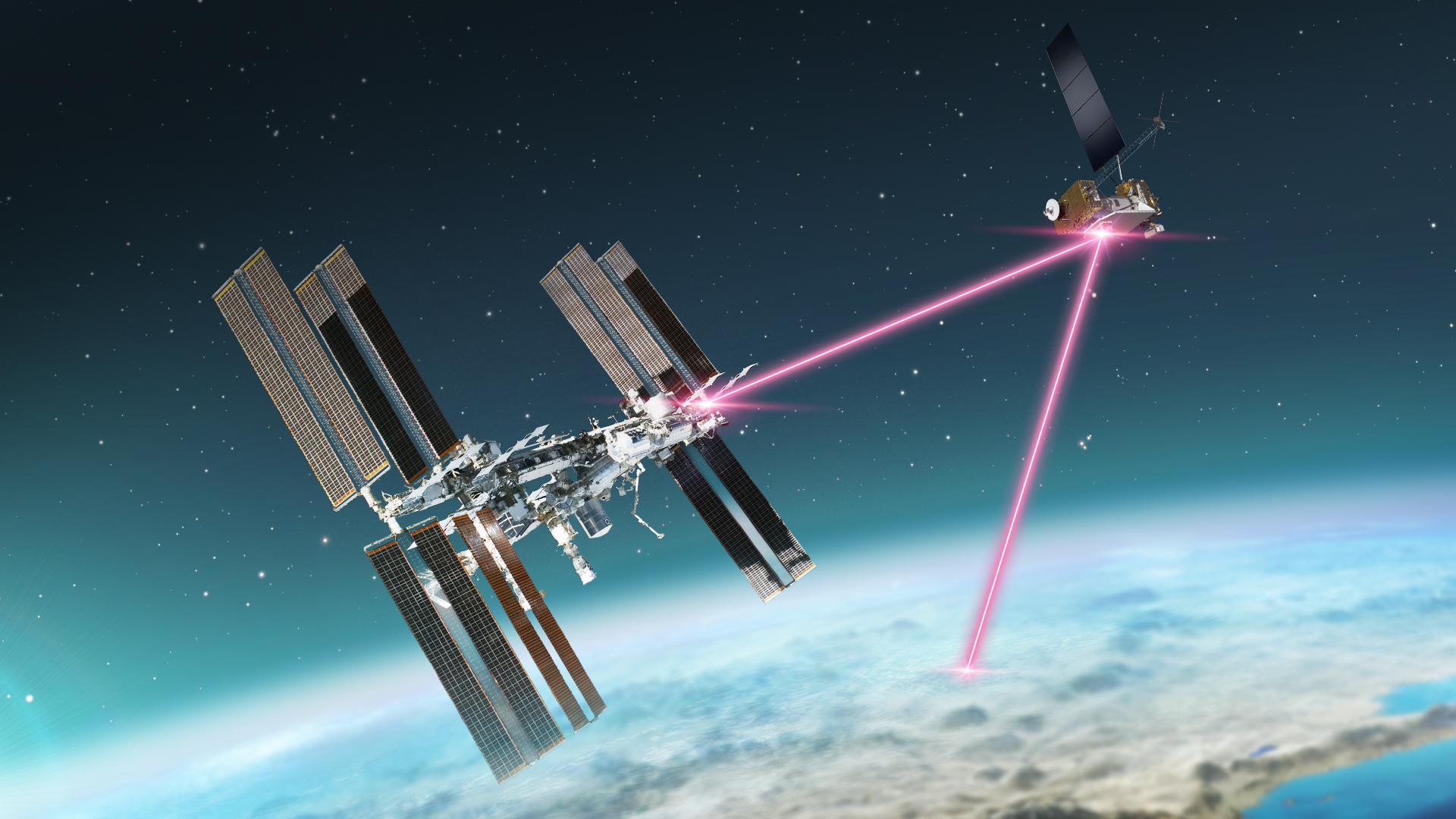2023-12-14 NASA
◆研究は、エンケラドスが生命の起源に必要な分子を備えていることを示し、将来の実験で検証できる生命の化学的経路を提供しています。Cassiniミッションのデータは、サターンとその衛星に関する新しい洞察をもたらしています。
<関連情報>
- https://www.nasa.gov/missions/cassini/nasa-study-finds-life-sparking-energy-source-and-molecule-at-enceladus/
- https://www.nature.com/articles/s41550-023-02160-0
エンケラドスのプルームでHCNと多様な酸化還元化学を検出 Detection of HCN and diverse redox chemistry in the plume of Enceladus
Jonah S. Peter,Tom A. Nordheim & Kevin P. Hand
Nature Astronomy published:14 December 2023
DOI:https://doi.org/10.1038/s41550-023-02160-0

Abstract
The Cassini spacecraft observed that Saturn’s moon Enceladus has a series of jets erupting from its South Polar Terrain. Previous studies of in situ data collected by Cassini’s Ion and Neutral Mass Spectrometer (INMS) have identified H2O, CO2, CH4, NH3 and H2 within the plume of ejected material. Identification of minor species in the plume remains an ongoing challenge, owing to the large number of possible combinations that can be used to fit the INMS data. Here we present the detection of several additional compounds of strong importance to the habitability of Enceladus, including HCN, C2H2, C3H6 and C2H6. Our analyses of the low-velocity INMS data, coupled with our detailed statistical framework, enable discrimination between previously ambiguous species in the plume by alleviating the effects of high-dimensional model fitting. Together with plausible mineralogical catalysts and redox gradients derived from surface radiolysis, these compounds could potentially support extant microbial communities or drive complex organic synthesis leading to the origin of life.



